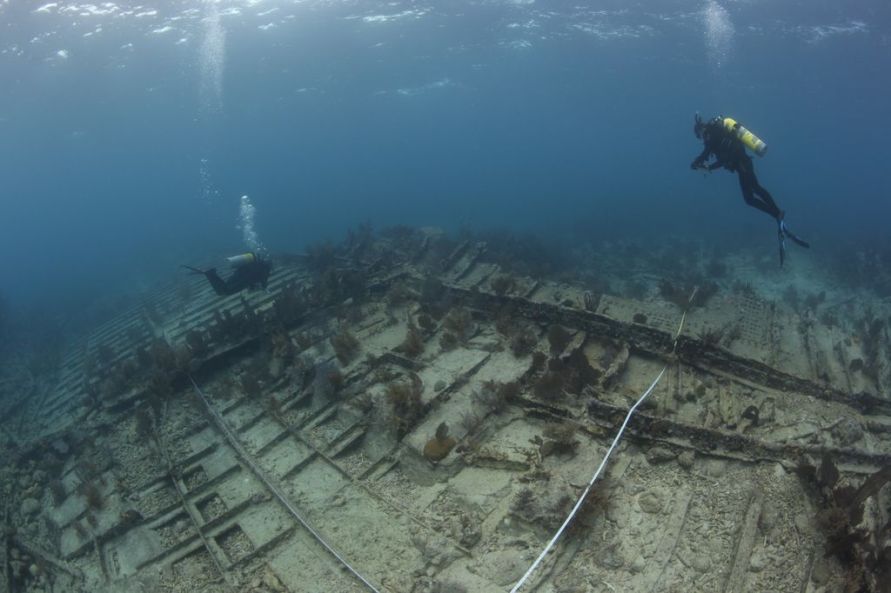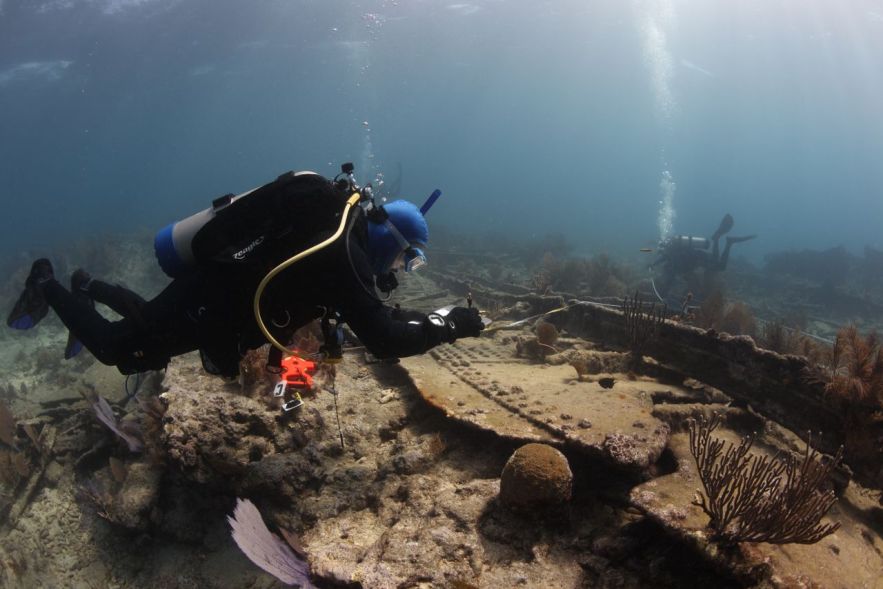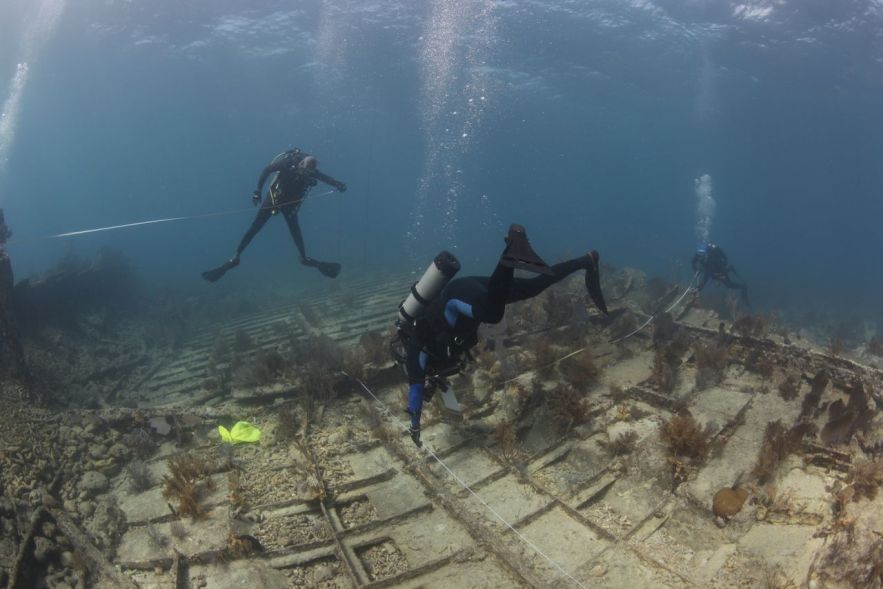Mystery of Florida Keys Shipwreck Solved


For more than 100 years, the sunken ship off Key Largo, Fla., was merely known as "Mike's Wreck," named after the employee of a local dive shop. But a team of archaeologists have finally identified the ship that sunk here in 1911 as the Hannah M. Bell, built in England in 1893.
The vessel once hauled sugar, cotton and other cargo between Europe, the United States and South America, according to a statement from the Florida Keys National Marine Sanctuary, where the Hannah M. Bell rests.
The 315-foot (96 meter) steamship ran aground on a shallow reef known today as Elbow Reef, located about 6 miles (10 kilometers) off Key Largo, on April 4, 1911. The vessel was loaded with coal bound for Vera Cruz, Mexico. For days, salvagers tried to rescue the Hannah M. Bell, but gave up after its holds filled with water, according to the statement. By May, waves had torn the ship apart and left its remnants in shallow water, making it accessible and visible today only to snorkelers and scuba divers.
A team of maritime archaeologists took an expedition to the wreck in September, after which they positively identified the ship.
"Similar to the way detectives use forensic information to solve a crime, we compared the dimensions and construction characteristics of the shipwreck known locally as 'Mike's Wreck' with historic shipping records in order to solve this mystery," said Matthew Lawrence, a maritime archeologist, in a statement from the sanctuary. "Measurements of the shipwreck and the records for Hannah M. Bell were virtually identical, as were the reported sinking location and the actual location of the wreck."
The steamship was built by Ropner and Son in England and named for the woman who christened it, according to the release.
The Florida Key's shallow coral reefs have claimed many ships over the years, and helped spawn a once-thriving salvaging industry, in which people would reclaim and repair marooned ships and their cargo, both legally and otherwise.
Get the world’s most fascinating discoveries delivered straight to your inbox.
The Hannah M. Bell rests close to two other shipwrecks: the USS Arkansas and City of Washington. The Hannah M. Bell contributed to the loss of another vessel in 1920, when the U.S. Shipping Board steamer Quoque wrecked directly on top of its sunken remains, according to the release.
This led to confusion about the identity of the original wreck, and its name was misidentified in local news reports, said Matthew Lawrence, a maritime archaeologist with the National Oceanographic and Atmospheric Administration. "Considering that there are a number of steamship wrecks on Elbow Reef, exact wreck identities probably slipped from the public's consciousness," he wrote in an email.
Reach Douglas Main at dmain@techmedianetwork.com. Follow him on Twitter @Douglas_Main. Follow OurAmazingPlanet on Twitter @OAPlanet. We're also on Facebook and Google+.





